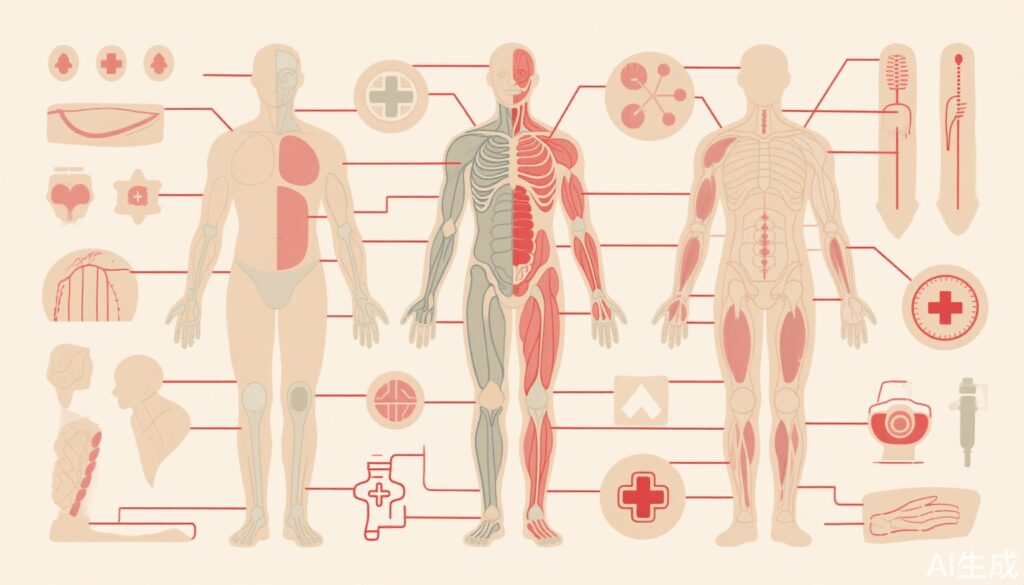Background
Redness or visible blood vessels in certain areas of the body can be a cause of concern. These symptoms, often dismissed as benign, may indicate underlying health conditions. By understanding the causes, we can better manage our health and seek timely intervention.
Scientific and Clinical Evidence: What the Data Tell Us
Certain body parts frequently exhibit redness or visible blood vessels due to medical conditions:
Eyes
Redness in the eyes can result from overexertion, allergies, infections, or more critically, conditions such as glaucoma. Glaucoma, caused by elevated intraocular pressure, can lead to severe complications if untreated.
Nose and Facial Skin
Persistent redness around the nose may indicate rosacea, a chronic skin disorder affecting blood vessels. It is often mistaken as sensitivity or an allergic reaction.
Chest, Back, and Shoulders
Spider angiomas, or spider-like red spots, might suggest liver dysfunction, particularly in cases like cirrhosis. These occur due to hormonal imbalances caused by liver damage.
Legs
Enlarged veins or patterns resembling blood vessels on the legs may signal varicose veins or chronic venous insufficiency, conditions that impair blood return to the heart.
Misconceptions and Harmful Behaviors
Misinterpreting these signs as minor cosmetic issues can delay critical diagnoses. For example, untreated glaucoma can lead to irreversible blindness. Similarly, dismissing varicose veins as only aesthetic can result in complications such as ulcers.
Correct Health Practices and Practical Advice
Awareness and early action are essential:
1. **Eye Care**: Seek professional help for persistent redness, especially with vision changes.
2. **Skin Monitoring**: Consult dermatologists for chronic redness or unexplained spots on the skin.
3. **Body Checks**: Regular self-checkups for unusual red marks can be lifesaving.
4. **Mindful Lifestyle Choices**: Balanced diets, physical activity, and avoiding prolonged immobility are preventive.
Expert Recommendations and Insights
Experts advocate regular medical checkups and prompt attention to changes in the body. Dr. Wang Keqin from Beijing Chaoyang Hospital emphasizes the importance of addressing venous insufficiencies early through professional consultation.
Patient Scenario
Consider Emma, a 45-year-old with persistent redness on her face. Initially dismissing it as sensitive skin, a dermatologist later diagnosed her with rosacea. With proper treatment, Emma managed her condition effectively, avoiding severe progression.
Conclusion
Recognizing the signs your body shows is the first step towards ensuring well-being. Regular medical consultations, knowledge, and proactive behavior are key to managing health effectively.



